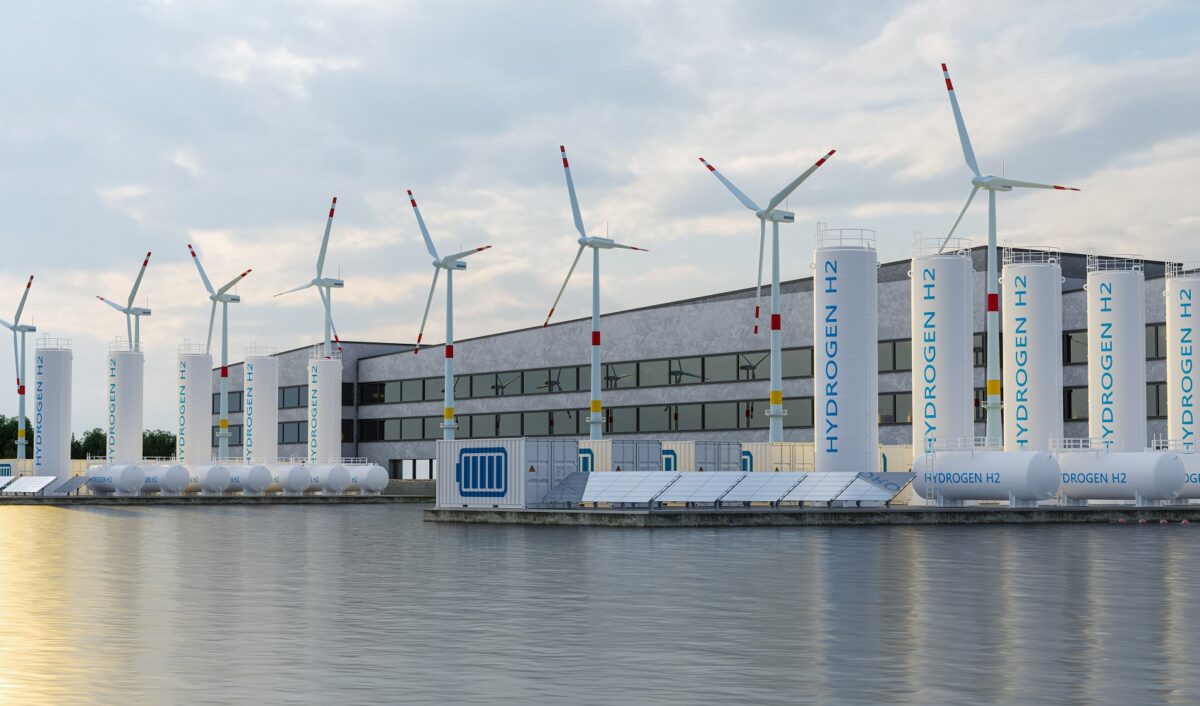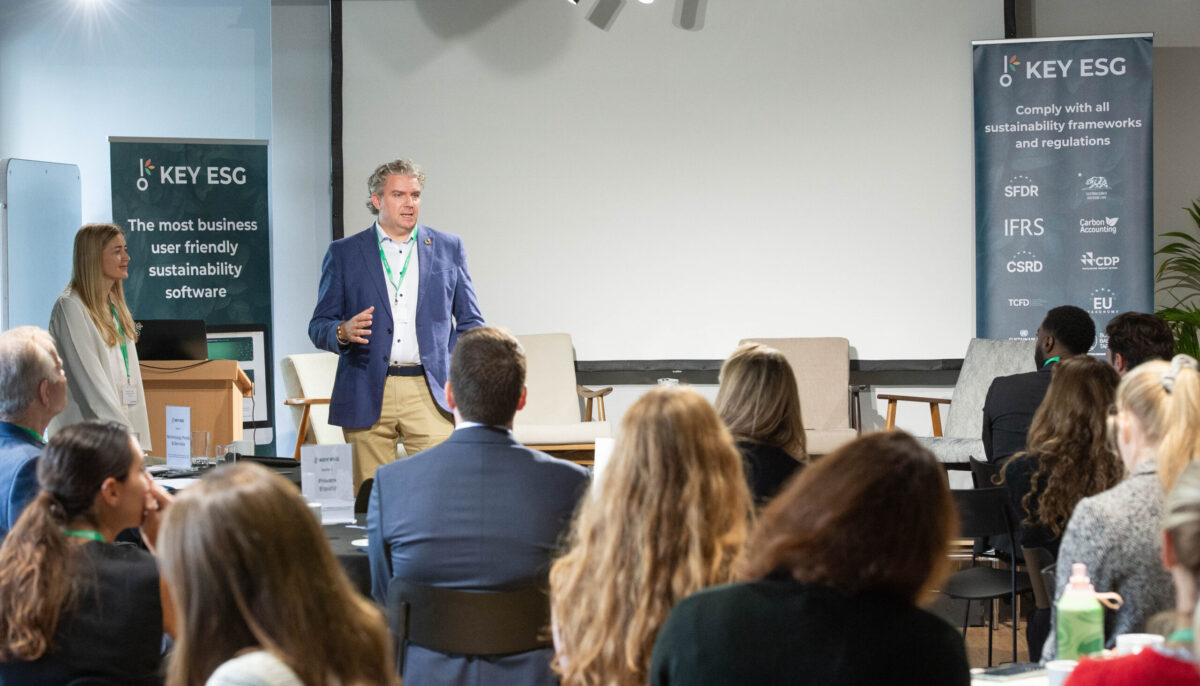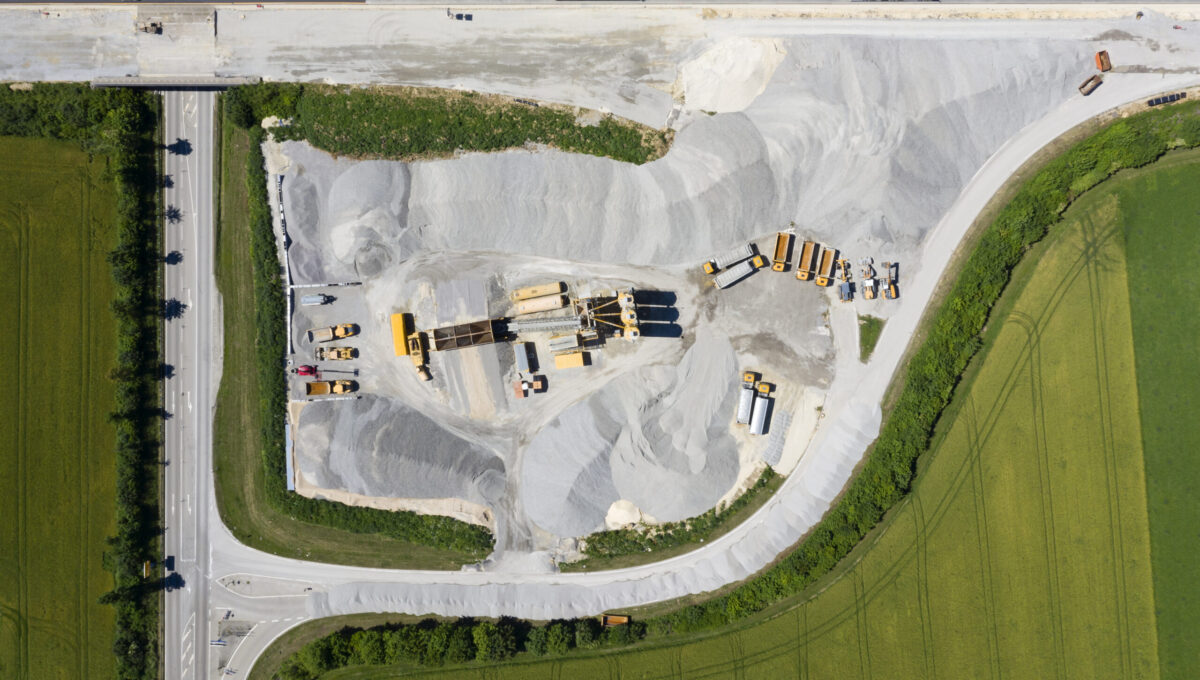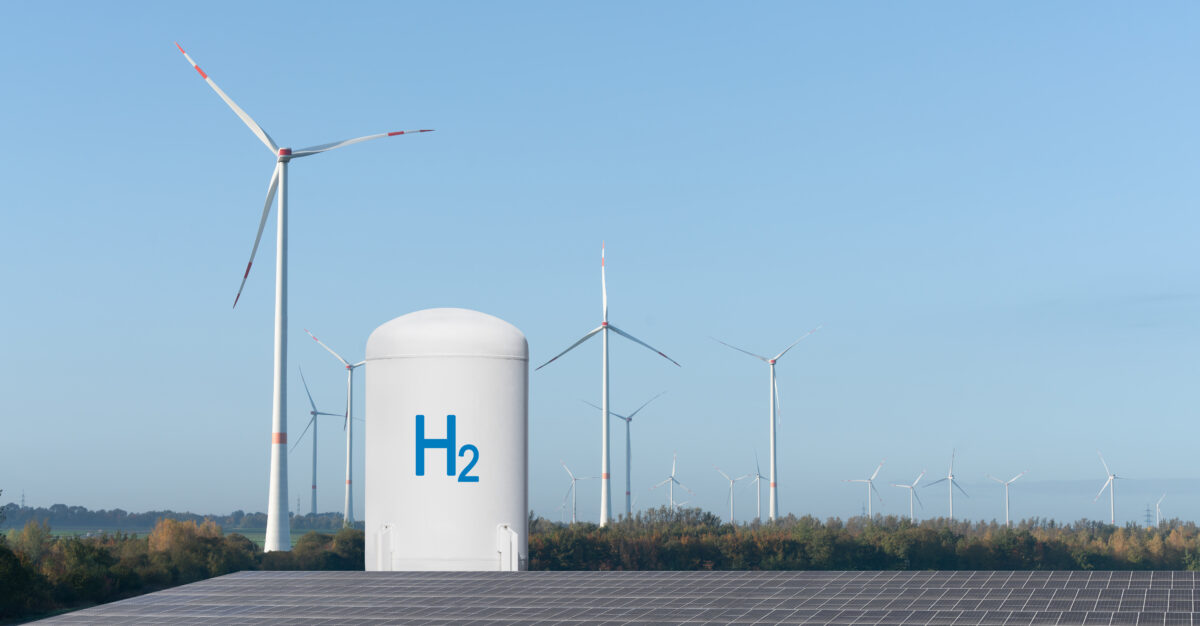In August 2025, the Solar Energy Corporation of India (SECI) announced a record-low price of ₹49.75 per kg ($569 per MT) for green ammonia under the Strategic Interventions for Green Hydrogen Transition (SIGHT) program, a significant drop from the 2024 H2Global auction’s ₹100.28 per kg ($1,153 per MT). This article examines the price discovery, auction winners, cost drivers, broader implications, including import substitution, export potential, market development, and associated risks and mitigants, along with a detailed table of the auction winners.
Green Ammonia Price Discovery in India: A Step Toward Sustainability











